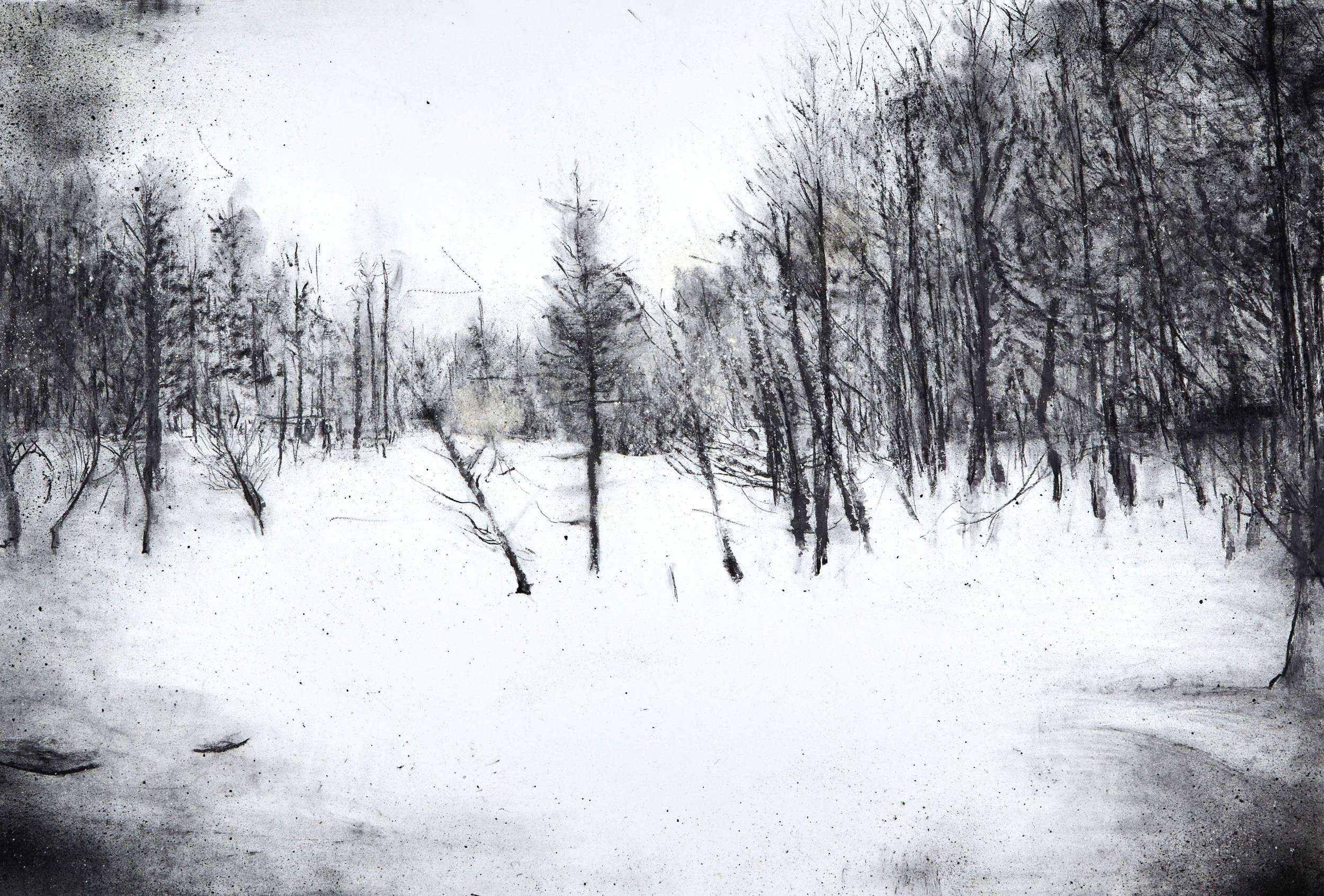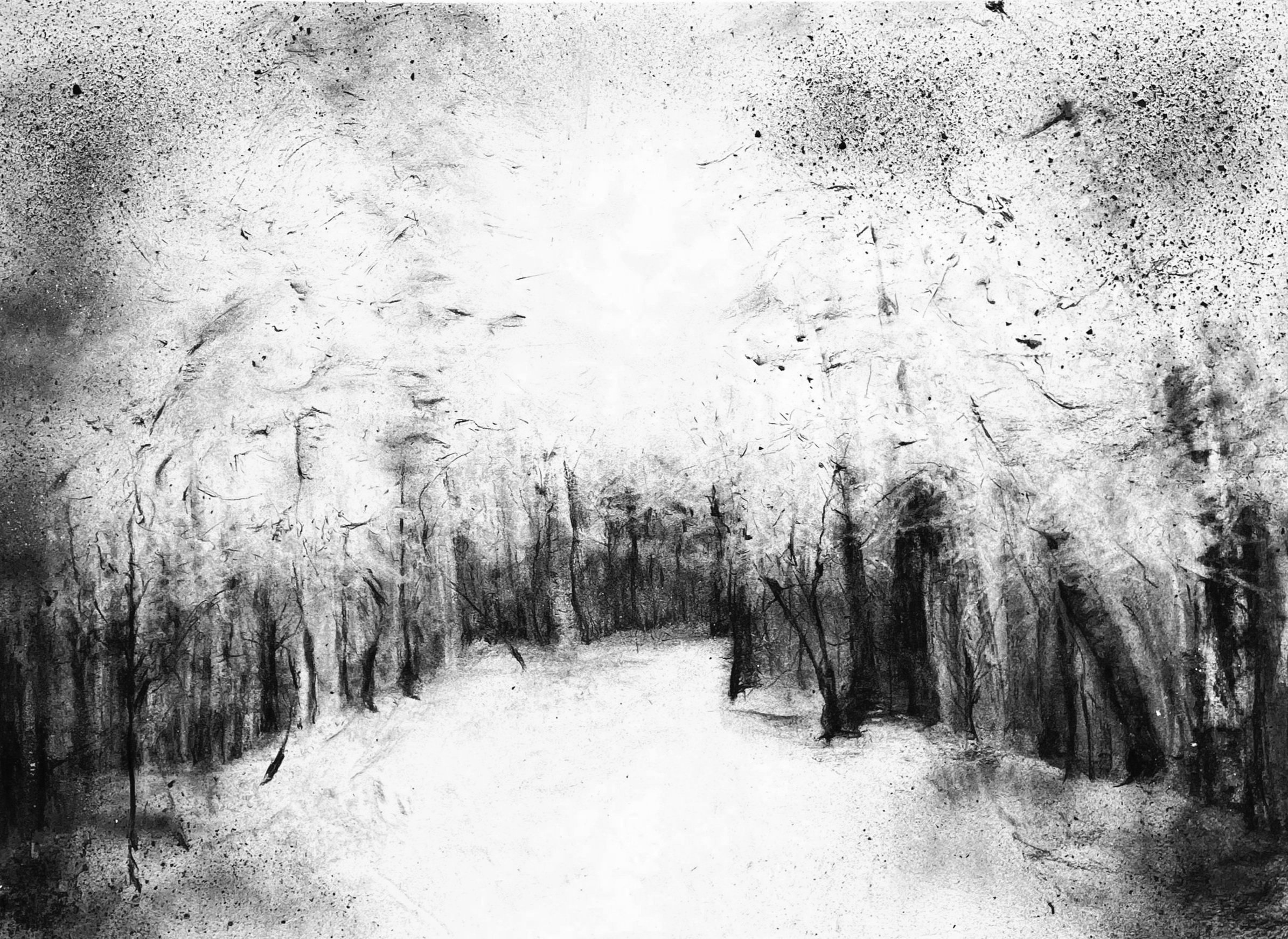
(b.1998, French-Dutch/British)
Hello! My name is Apolline.
I’m a visual artist based in London, inspired by Surrealism and residue.
In my current practice, I reframe found debris to draw out disappearing environments of subtlety and care, highlighting the sensory qualities of materials which tend to get lost in our increasingly saturated and digital age.

To value a texture
akin to a reliquary film,
{The ear yells to eyes}
Care to l00k ?
A joy noir-atopic
eroded our city of screens.

